Molave Tree
- January 19, 2024
- 1 comment
The Molave tree (Vitex parviflora) is a native hardwood species admired for its durability, beauty, and ecological value. Known for thriving in Southeast Asia, especially in the Philippines, the Molave has been used for centuries in timber production, medicine, and landscaping. In this guide, we’ll cover everything from ideal growing conditions to its environmental and practical benefits perfect for growers, homeowners, or anyone curious about this remarkable tree.
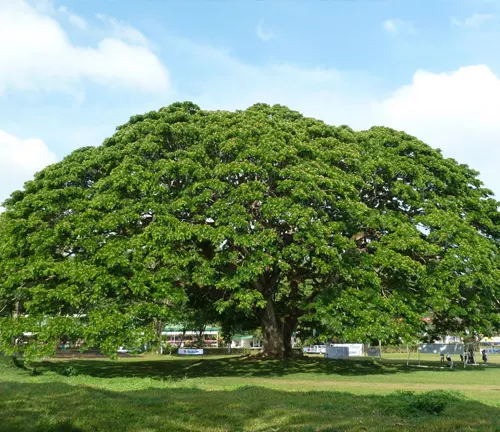
| Characteristic | Description |
|---|---|
| Scientific Name | Vitex parviflora |
| Common Name | Molave Tree |
| Native Range | Southeast Asia, especially prevalent in the Philippines |
| Tree Size | Large, can grow up to 30 meters tall |
| Wood Durability | Extremely durable, resistant to termites and other pests |
| Climate Preference | Prefers tropical and subtropical climates |
| Soil Preference | Thrives in well-drained soils but can adapt to a variety of soil types |
| Root System | Extensive and robust, providing stability and soil erosion control |
| Environmental Impact | Aids in carbon sequestration and supports local wildlife and biodiversity |
| Uses | Valuable for construction, furniture making, and traditional medicine; also holds cultural significance |
| Conservation Status | Faces threats from overexploitation and habitat loss, necessitating sustainable management and conservation |
Ideal Growing Conditions
Successfully growing a Molave tree requires understanding its natural environment and care needs. This section covers the essential factors you need for healthy growth. The Molave Tree, scientifically known as Vitex parviflora, is renowned for its remarkable resilience and strength, traits that have made it a symbol of endurance. This tree’s ability to thrive and maintain its robust stature is largely due to the specific growing conditions it requires. These conditions play a pivotal role in nurturing the tree’s health and ensuring its longevity, allowing the Molave to withstand various environmental challenges and remain a steadfast feature of its natural landscape.
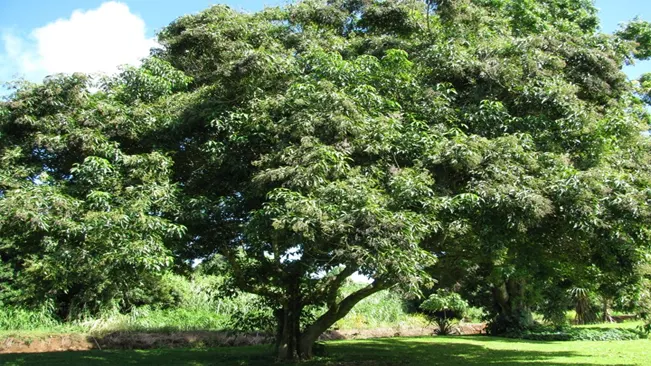
Climate
The Molave tree thrives in tropical to subtropical climates with warm temperatures year-round. It prefers areas with distinct wet and dry seasons, making it well-suited for regions like the Philippines and parts of Southeast Asia.
Soil
Molave grows best in well-drained, sandy loam soils rich in organic matter. While it tolerates slightly acidic to neutral pH levels, good drainage is key to preventing root diseases.
Water
Although drought-tolerant once established, young Molave trees need regular watering during their first two years. Consistent moisture promotes deep root development.
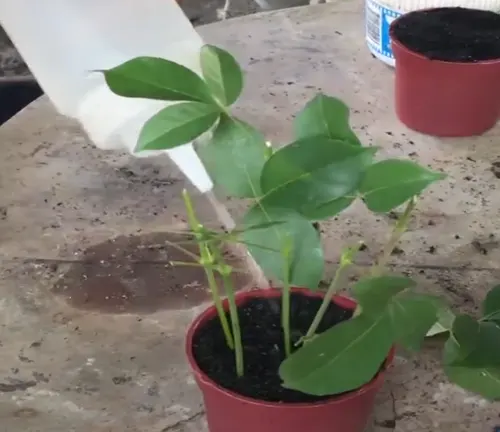
Moisture Requirements
- Water deeply once or twice a week during dry periods.
- Avoid waterlogging the soil good drainage is crucial.
- Mulching around the base helps retain soil moisture.
Elevation
Altitude Adaptation
The Molave tree adapts well to various elevations, from sea level up to 700 meters. In higher altitudes, slower growth may occur due to cooler temperatures, but the tree remains resilient.
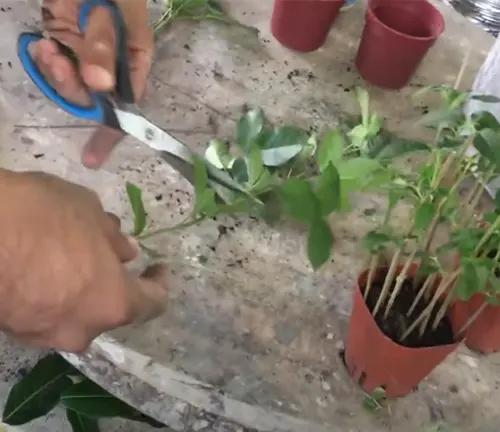
Maintenance
When planting Molave, spacing of trees should be placed at least 3–5 meters apart to allow healthy crown development.
Regular pruning during the early years encourages a strong structure and prevents weak branches.
Planting Considerations
Spacing
- For timber: 3–4 meters apart.
- For ornamental or windbreak use: 5 meters apart.
Propagation
Molave is propagated by seeds or stem cuttings.
- Seeds: Germination can take several weeks but results in strong root systems.
- Cuttings: Faster establishment but may require hormone treatment for rooting success.
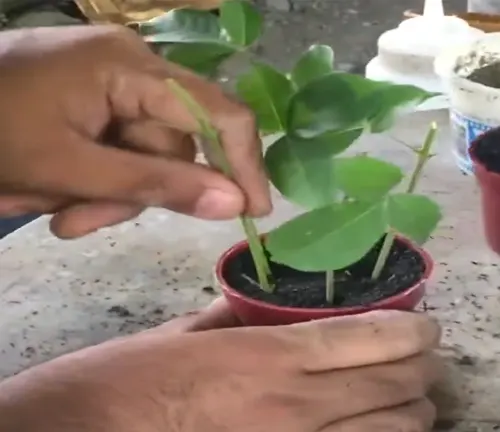
Environmental Benefits Having Molave Tree
The Molave tree (Vitex parviflora), native to Southeast Asia, is a remarkable species renowned for its multitude of environmental, economic, and cultural benefits. Ecologically, it plays a vital role in supporting biodiversity, serving as a habitat and food source for various wildlife. Its extensive root system is effective in soil conservation, helping to prevent erosion in diverse landscapes. Additionally, as a natural carbon sequestrator, the Molave tree contributes significantly to climate change mitigation by absorbing carbon dioxide from the atmosphere. Its presence also aids in enhancing air quality, as it filters pollutants while releasing oxygen, making it a valuable asset in both rural and urban environments.
Practical and Economic Benefits
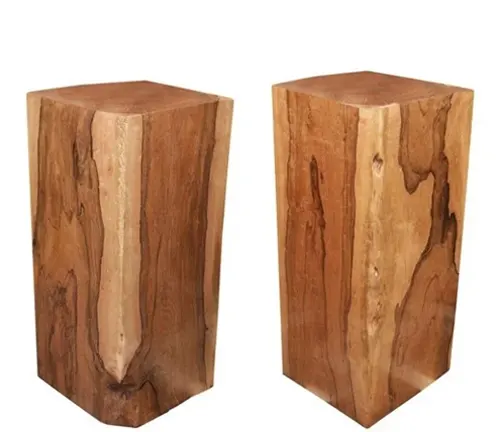
Timber Production
The wood of the Molave tree is highly valued for its strength, durability, and resistance to termites and rot. It is used for high-quality furniture, flooring, and construction, making it economically valuable.
Medicinal Uses
Parts of the Molave tree are used in traditional medicine in Southeast Asia. Its bark, leaves, and roots have been utilized for various medicinal purposes.
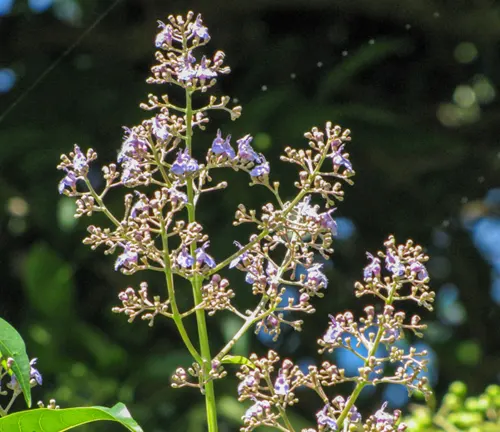
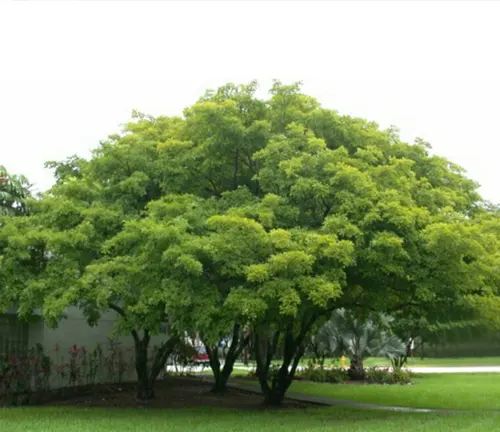
Ornamental Use
With its attractive flowers and robust form, the Molave tree is also used for ornamental purposes in landscaping and as a shade tree in parks and gardens.
Windbreak and Shade
The tree serves as an excellent windbreak and provides ample shade, making it useful in both rural and urban settings for protection against the elements.
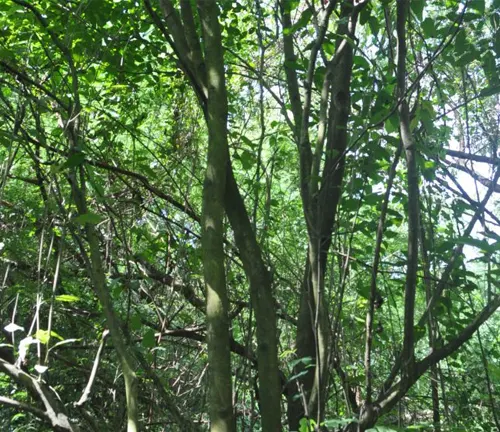
Propagation and Repotting
Propagation
Propagation of the Molave tree typically involves seed germination, which requires collecting seeds from ripe fruits and sowing them in well-drained soil. This process may take several weeks as Molave seeds have a slow germination rate. Alternatively, propagation can also be done through cuttings, which involves taking healthy branch cuttings, treating them with rooting hormones, and planting them in a suitable medium. This method, while less common, can be effective for growing new trees.
Repotting
When it comes to repotting young Molave trees, it’s essential to do so when they outgrow their current container, often indicated by crowded or protruding roots. The selection of well-drained soil, similar to its natural habitat, is crucial for repotting. The new pot should be slightly larger than the previous one to accommodate growth and must have adequate drainage. After repotting, the tree should be watered well and placed in a location with sufficient sunlight, with careful monitoring and regular watering to ensure it adapts well to its new environment.
Benefits
The Molave Tree (Vitex parviflora) is a multifaceted species, offering a range of ecological and economic benefits. Ecologically, it enhances biodiversity and combats soil erosion through its extensive root system. Its wood is highly sought after for its durability and resistance to termites, making it an excellent material for construction and furniture.
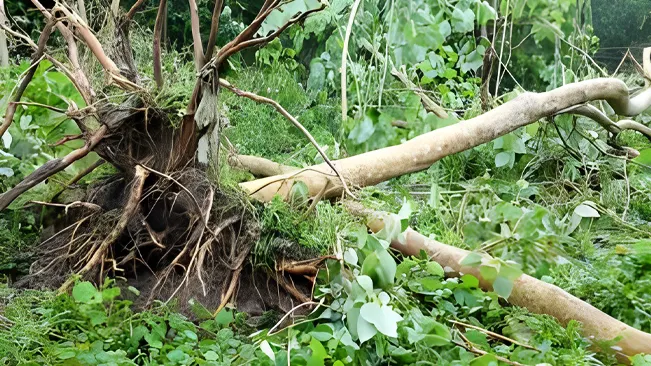
Medicinally, parts of the tree are used in traditional healing practices due to their therapeutic properties. The Molave also adds aesthetic value to landscapes and holds significant cultural importance in some regions. Additionally, its role in carbon sequestration highlights its contribution to environmental sustainability and the fight against climate change. These diverse benefits underline the Molave Tree’s integral role in maintaining ecological balance, supporting economic development, and preserving cultural heritage.
Related Articles You Might Like
Conclusion
The Molave Tree (Vitex parviflora) stands as a remarkable symbol of resilience and strength in its native Southeast Asian landscape. Renowned for its durable, termite-resistant timber, it serves not only as a valuable resource for construction and furniture-making but also plays a pivotal role in ecological preservation. Its extensive root system aids in soil stabilization and erosion control, while its capacity for carbon sequestration contributes significantly to combatting climate change. Beyond its environmental impact, the Molave Tree holds profound cultural significance and medicinal value, integrating itself into the local traditions and natural remedies of the communities that surround it. However, the survival of this mighty species faces challenges, primarily due to overexploitation and habitat loss. Preserving the Molave Tree requires a dedicated approach to sustainable management and conservation efforts, ensuring that this majestic species continues to thrive for generations to come, offering its myriad benefits to the environment, economy, and culture.
Frequently Asked Questions (FAQs)
- What is the Molave tree in the Philippines?
The Molave tree, scientifically known as Vitex parviflora, is a native hardwood species of the Philippines. It holds great value both culturally and economically. In local communities, it is known for its strong, termite-resistant wood, making it a popular choice for construction, furniture, and even shipbuilding. Beyond its commercial uses, the Molave plays a significant role in reforestation and environmental conservation efforts across the country. - Is Molave a hardwood?
Yes, the Molave is classified as a premium hardwood. Its dense grain structure and natural resistance to decay and insect damage have earned it a reputation as one of the most durable woods available in the region. This makes it highly sought after for applications that require strength and longevity, such as heavy-duty furniture, flooring, and outdoor structures. - What are the benefits of the Molave tree?
The Molave tree offers a combination of environmental, economic, and practical benefits. Environmentally, it helps prevent soil erosion, supports biodiversity, and contributes to carbon sequestration. Economically, it provides high-value timber that supports local industries and communities. Practically, it serves as a natural windbreak, offers shade, and is often planted in landscapes and farms for its resilience and aesthetic appeal. - What is the meaning of Molave?
The word “Molave” is derived from the Spanish adaptation of the Tagalog term “Mulawin,” which refers to this particular tree species. Over time, the name Molave has become synonymous with strength and resilience, reflecting the tree’s enduring presence in Filipino culture, history, and traditional craftsmanship.




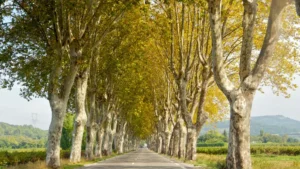
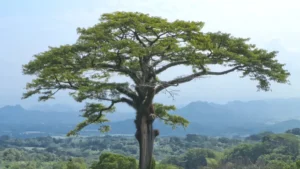
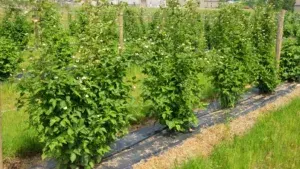
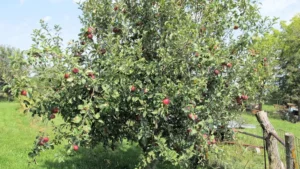
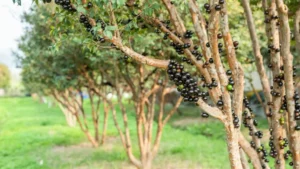
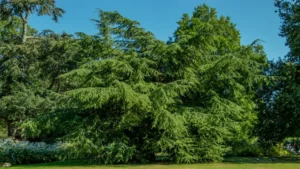

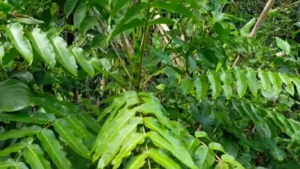
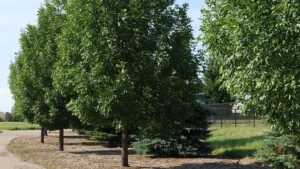

How many meters possible to plant a molave tree near houses?
Matt andrew
June 11, 2024 12:00 pm